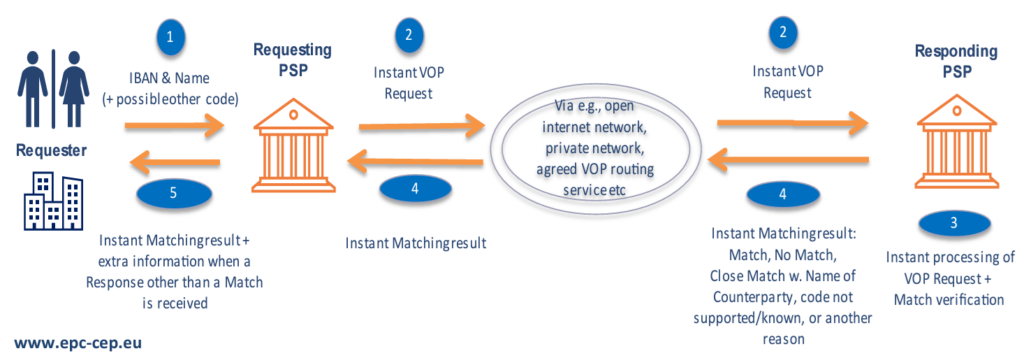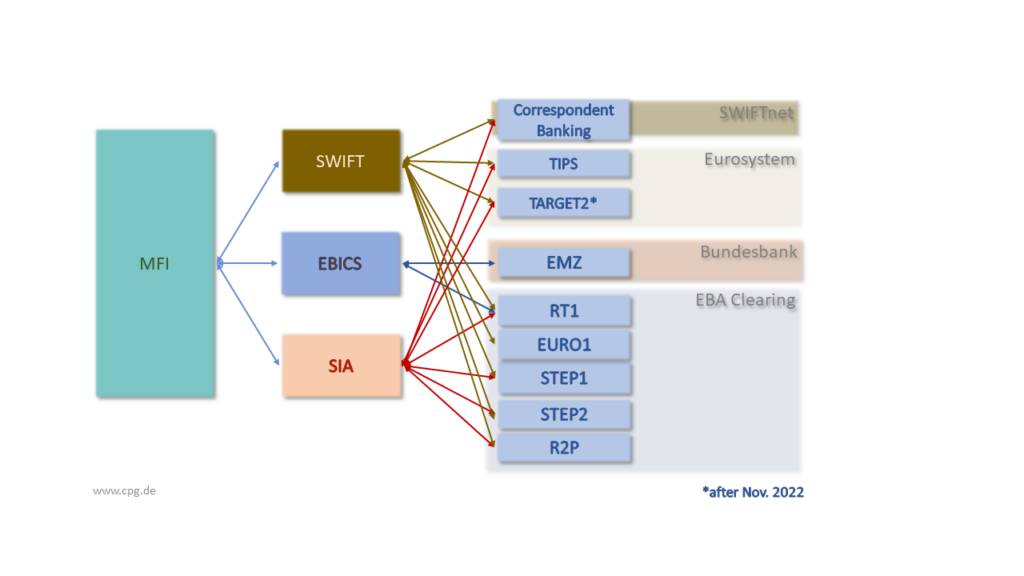An article by
Andreas Wegmann
Published on
11/11/2020
Updated on
16/11/2020
Reading time
3 min
Table of content
Request to Pay: who is behind it?
In June 2020, the European Payments Council published the so-called Rulebook for Request-to-Pay (SEPA RTP Scheme Rulebook 2020), thereby laying the foundations for Request to Pay. The European Union, together with the SEPA banks, wants to expand the Eurosystem (TARGET Services) to include a variant in payment transactions. The declared goal is to increase convenience, security and automation options for everyone involved. It is obvious that Request to Pay (R2P) is another step to fight the dominance of non-EU payment providers such as Credit Card Organisations or PayPal.
Request to Pay: how does it work?
R2P is not a payment method per se, i.e. money is not moved immediately. Rather, it is a notification to an account holder that another account holder wants to receive money from them. The corresponding formats are specified in the rulebook (pain013, pain014).

Request to Pay
A distinction is made between two steps:
- Recognition of the claim (does the payer consider the claim justified?)
- Settlement of the claim (immediate payment, later payment, partial payment if necessary, regular payments)
This results in various combinations that are intended to support different business cases
- recognize / pay immediately: e.g. retail transactions
- recognize immediately / pay later: e.g. e-commerce (pay on delivery)
- recognize later / pay later: e.g. if the payer is still waiting for more information
If the requirement is defined, the time sequence with deadlines can be determined. A maximum of three months is permitted at R2P. The time sequence then influences the subsequent SEPA payment format
- SEPA Instant Payment (SCT Inst): payment is processed within a few seconds
- SEPA credit (SCT): “normal” credit transfer, if necessary by scheduled transfer
The request for money is usually made by an invoice and the payer initiates a credit transfer. However, if this request is made via the banking network, it is automatically assigned to the associated cash flow. This natural allocation simplifies the process, prevents errors and enables complete digitization. There are different scenarios:
- Point of Sale – retail payments
- E-Commerce
- Call Center (telephone order)
- B2B – business to business payments
The Request to Pay message formats also allow the transmission of billing data. Since billing information can be very extensive and the payment transaction systems involved are usually limited to their core function, the practical application remains to be seen.
When and how can I use it?
The publication of the Rulebook creates the basis for Request to Pay and enables banks to prepare their systems. Since R2P has different variants, clear handling of these transactions must also be possible in the electronic banking application. There is no obligation for banks to introduce R2P an it can not predicted reliably how many banks will implement it. Understandably, banks will only invest in the technology if there is corresponding demand from corporate and private customers.
What does it cost?
Like always the scheme fees of an SEPA service are very, very low (R2P: 0.0025 € at the moment). It must be taken into account that the corresponding payment method has an additional scheme fee, i.e. (SCT Inst 0.0025€). The more important question is how much do banks charge customer. Ultimately, competition between banks will determine the level of fees.
Opportunity for banks?
With R2P, the authentication and authorization of a payment is brought back “to the account” and not delegated to a card scheme (cost advantage!). This brings the account holder’s own account back into focus. Banks can use this to be the control center of financial transactions for the account holder. The account holder acts in his well known, own banking app. The banking service is no longer reduced to the function of the money container.
Share




